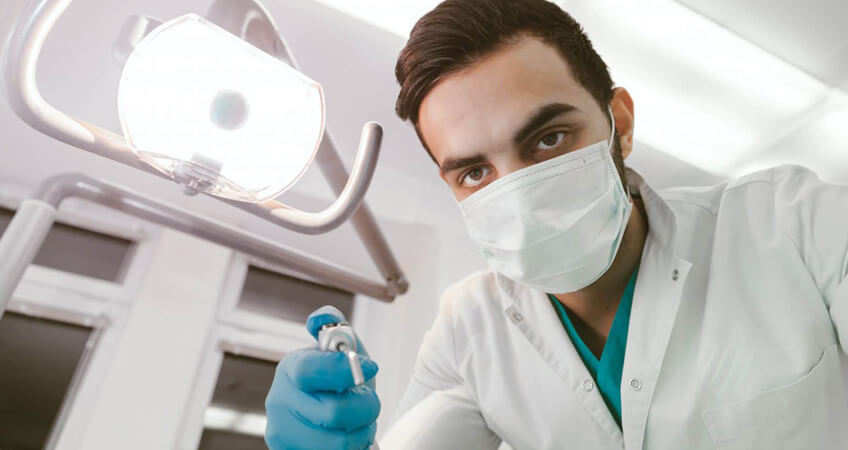Dentists and medical professionals, in general, are an important component in fighting the opioid epidemic, as they play a large role in perpetuating the prevalence and availability of these substances, due in part to what appears to be careless prescribing practices. In recent years, despite releasing its guidelines for prescribing opioids for chronic pain, the CDC has focused little attention on postoperative prescribing.
Messed up medical system
In the United States, data from 2010 indicates that approximately 50 million ambulatory surgical procedures were performed. From this data, a recent study suggests that more than 2 million of these individuals who received these outpatient operations fell prey to patterns of persistent opioid use following these procedures each year. In this study, regardless of the invasiveness of the surgery, 6% of patients continued to use opioids 90 days after surgery.
Results from a similar study in 2015 that focused on young adults aged 16-25 indicated that about 30% of those who got opioids received this prescription from a dentist. Some follow-up research of these studies is particularly alarming, first that those who receive an opioid prescription were 69 times more likely to receive a second opioid prescription, and 14.5 times more likely to be diagnosed with opioid use disorder within three months to a year after the initial prescription.
Teens and opioid abuse
These facts are especially alarming when it is considered that dentists are the second-leading opioid prescribers for children and adolescents and that it is during this sensitive period of life when many healthy, young, opioid-naive individuals become initially exposed.
Often during adolescence is when individuals participate in wisdom tooth extraction, which places individuals at greater risk for persistent opioid use. Hydrocodone represents the most common medication prescribed at 70.3%, followed by oxycodone with 24.3%.
However there is hope: for those who did not get an opioid prescription, or for those who did not fill their prescription, and managed their pain with over the counter medications that were found to be just as efficient, the data indicates a significant drop in the potential for developing an addiction.
What could dentists do differently?
The CDC has created a campaign to increase awareness regarding prescription opioids and sharing the real stories of individuals who found themselves addicted to opioids, however, clearly, more oversight is required in prescribing these types of addictive medications.
• Participate in Prescription Drug Monitoring Programs (PMDD)
• Start screening their patients for prior drug use, and modify prescriptions accordingly, using a combination of over-the-counter options
• Practice patient assessment and referral to substance abuse treatment programs and detoxification centers
• Offer patient education about the severity of the medication and the potential for abuse
What can I do differently?
According to the American Dental Association, the first line of treatment should be over-the-counter painkillers. With this in mind, take the following steps to ensure that you and your loved ones are not at increased risk for addiction.
• Avoid Filling Prescriptions for Opioids
• Talk to your Dentist or Doctor about your history with substances
• Seek the Help you need to manage your addictive patterns
At MD Home Detox, we’re ready to connect you with the support that you need to manage your addiction and to get you started back on the right track. Give us a call at 888.592.8541 today to learn more!

